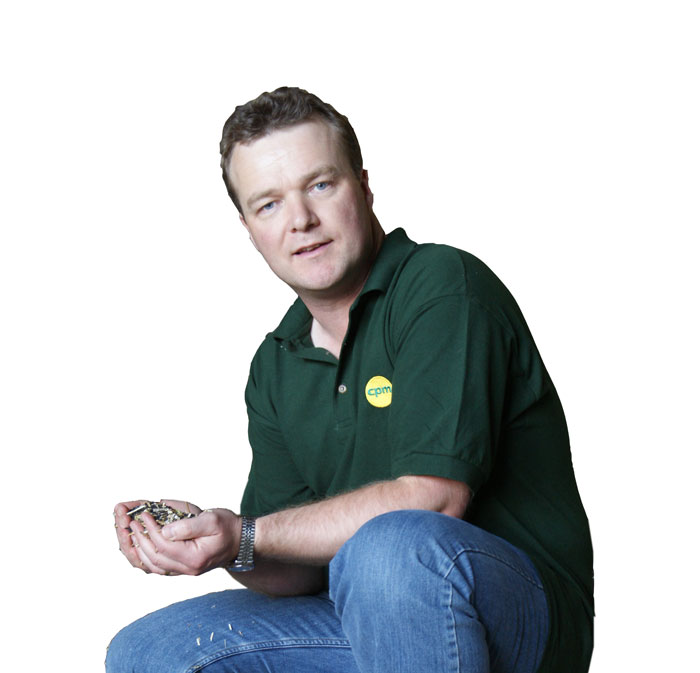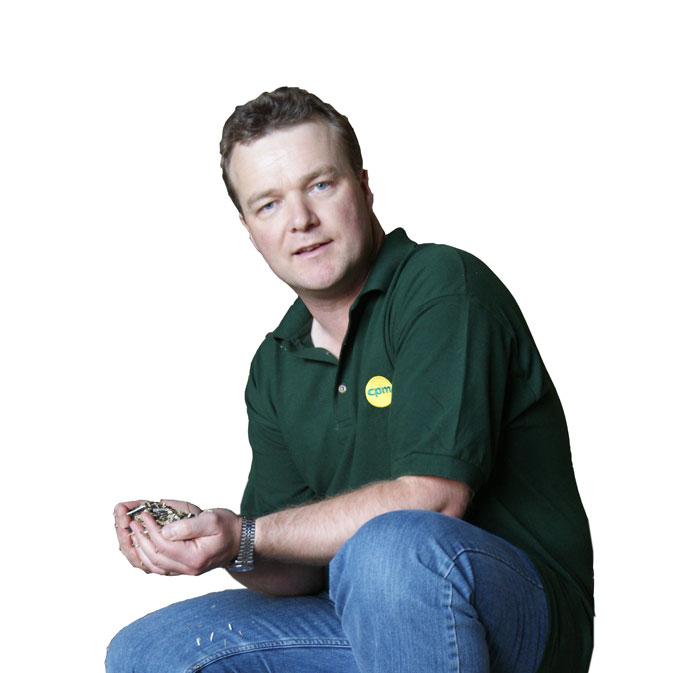I’m thinking it might be a good idea to rewild the farm.
Just to get things straight here, we’re not talking about extensification, going organic, embracing agro-ecology, or any of the other food production ideals. Rewilding is to reverse the process of domestication, restore the land to its natural uncultivated state, eschew the very principle of a farmed environment.
I can sense already that there aren’t that many people reading this who support the idea. But if you’ll bear with me, you’ll see there’s money-making sense in this plan and it could make me a local hero.
Two things have happened that have prompted this thought. The first is the Agriculture Bill. We now know that direct subsidy will be reduced to zero over the next ten years. Instead farmers will be paid public money for public goods. Exactly how much of the original pot will come back into farming is a bit of an unknown – much will depend on how good farmers are at bidding for these Environmental Land Management (ELM) contracts.
We’re given a bit of steer, though – there are six priority areas: Improving air and water quality and soil health, providing habitats for wildlife, reducing flood risk, preventing climate change, improving public access and protecting iconic features.
There was then the People’s Walk for Wildlife, and Chris Packham’s People’s Manifesto for Wildlife. Looking through both the proposals of the Agriculture Bill and those of this manifesto, one thing stands out: The people, it appears, don’t really want us to grow food.
So that led me to think about my farm, and I have three options:
- Maintain the status quo
- Get public money for public goods
- Farm completely differently
Considering option one, this farm is in a contract farming agreement. The nature of that agreement is that I provide the land, buildings, seeds and inputs, and the contractor provides the labour and machinery. All grain sales and subsidy go into a pot and we divvy up the proceeds.
My share of what comes out roughly equates to the subsidy payment, so it stands to reason that, if the subsidy payment reduces to zero, so too does my income. Now I put a lot of risk into this food production enterprise, investing plenty of resources that don’t see a return for up to two years. Why on earth would I want to do this for nothing?
So let’s look at option two. ELM contracts most likely to be successful will be those that attract the most public support. If you use the People’s Manifesto for Wildlife as a way to gauge what will have the most public support (rather than what’s best for my farm), I can’t see that any form of food production that requires an element of intervention will get me an ELM – far from it. Anything that isn’t foraging would end up with the increased regulation and penalties called for by the manifesto.
Rewilding however – that ticks so many boxes. Back in medieval times, this farm used to be half deer park, half heathland. It would be a very popular move to recreate this natural history. I live in a well-populated area of England on the edge of a town – the public access opportunities for some sort of rewilded theme park are therefore really quite appealing. There’s very little capital outlay here (unlike the status quo) so I warrant I could probably put together an ELM that will net me more cash than I get out of the current farming arrangement.
So what about option three? Going back to the contract farming agreement, there’s quite a substantial turnover, but most is taken up in cost. If the turnover was to increase by around 25%, however, that would cover the lost subsidy income.
It’s a tall order – productivity here has been stagnant for the past ten years, mainly as a result of blackgrass. To believe it’ll rise by 25% over the next ten years would be optimistic to say the least. However, while my wheat yields average around just 8t/ha, that’s peaked in places at over 10t/ha. Given a new way of thinking and a new way of farming, surely it’s not inconceivable I could exceed that goal?
Also included in the Agriculture Bill are pledges of support for measures to raise productivity and invest in R&D. There will be funding available for farmer-led research and to invest in new technologies. I think there’s a world of opportunity there – we just need to apply it. I’m not saying it’ll raise productivity by 25%. But if it was done in a way that also delivered public goods, that would be true sustainable intensification, and could really begin to address society’s big issues, such as climate change and world poverty.
So frankly, option two looks to be the one that’s set to deliver the surest return. But I can’t help feeling that option three would be a load more interesting.
Tom Allen-Stevens has a 170ha arable farm in Oxon, and just to assure its contractor, no hasty decisions will be made about its future. @tomallenstevens




